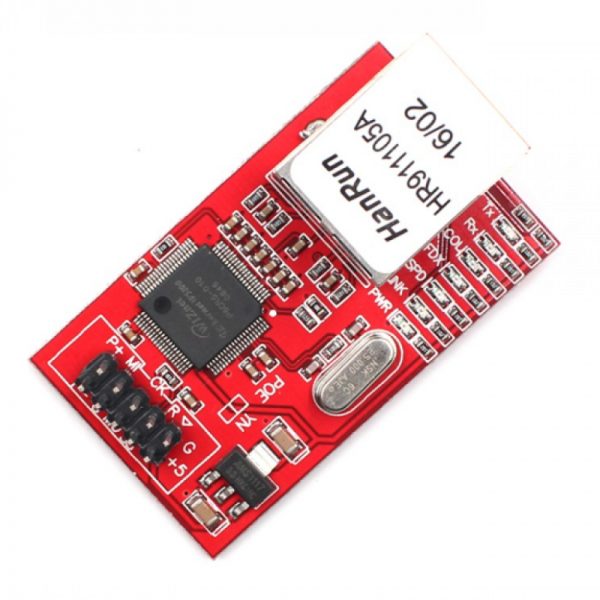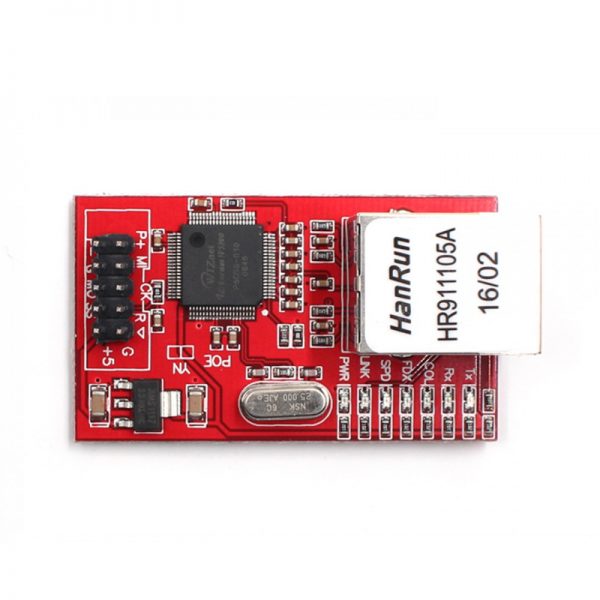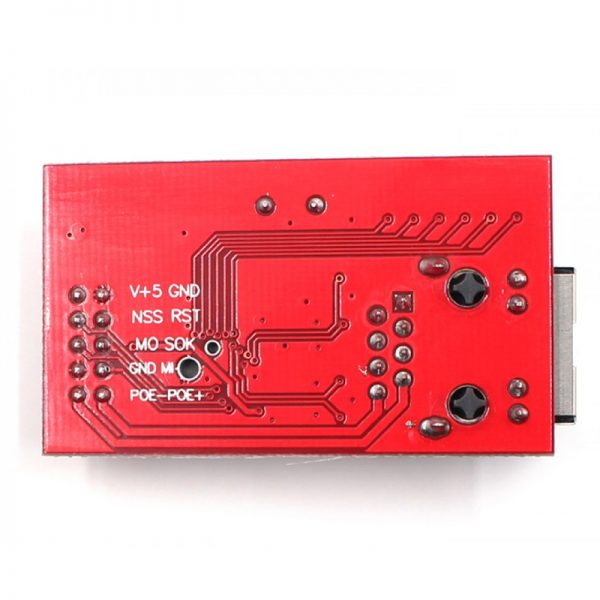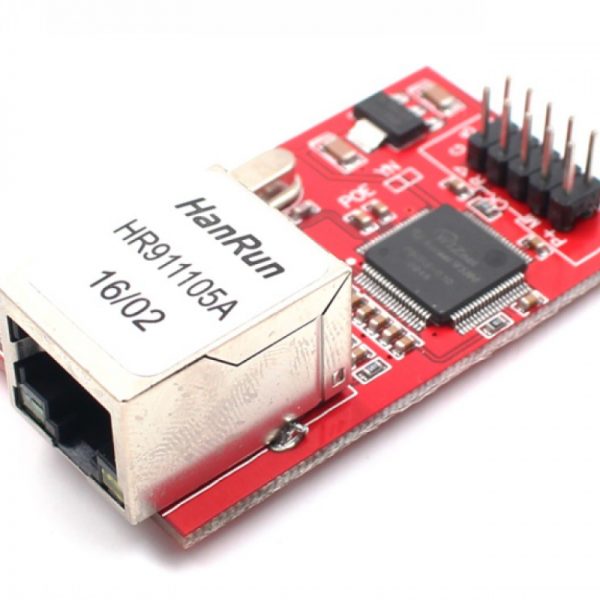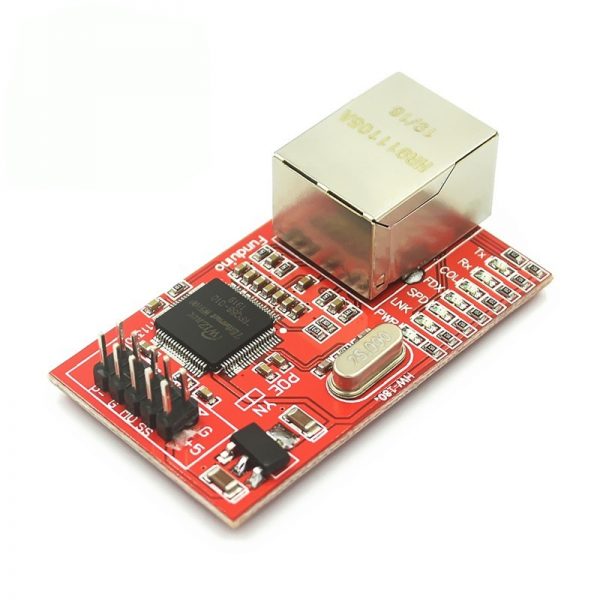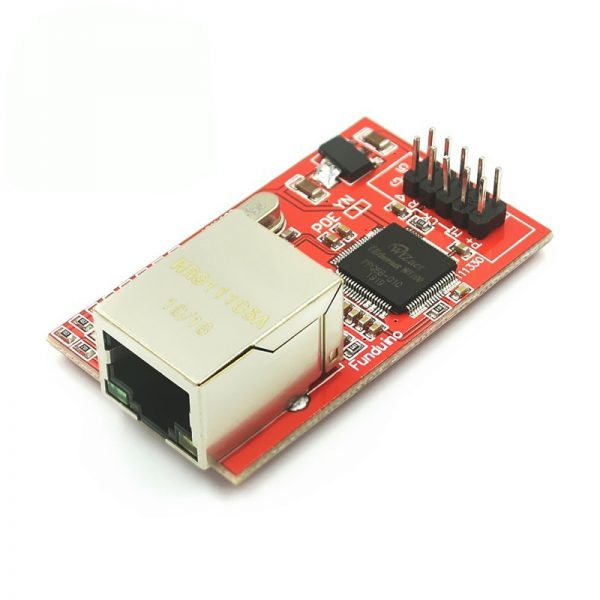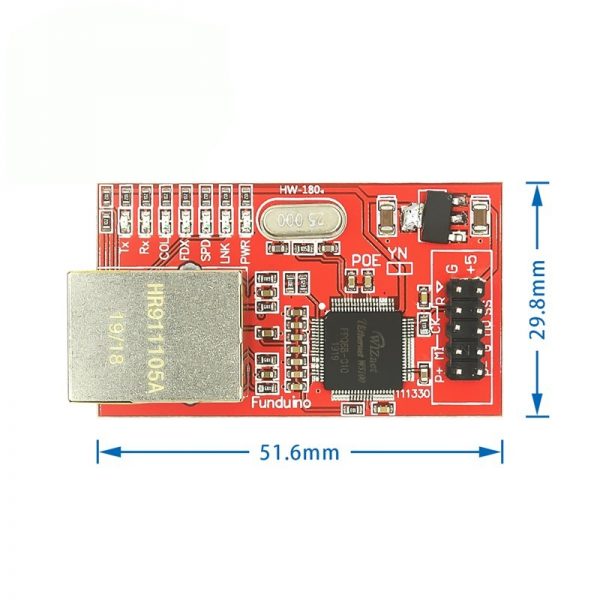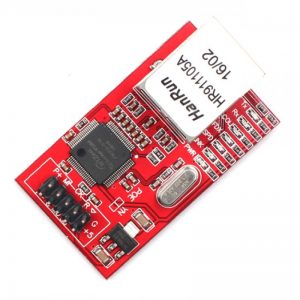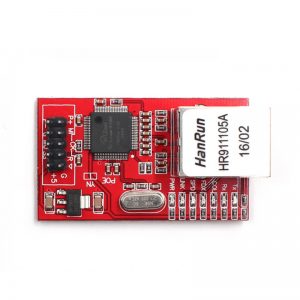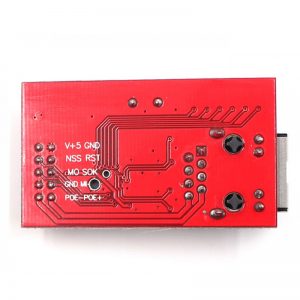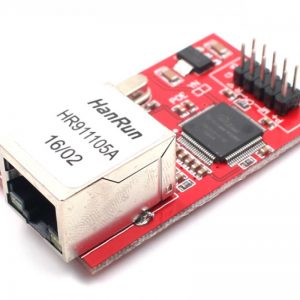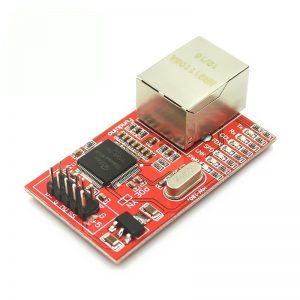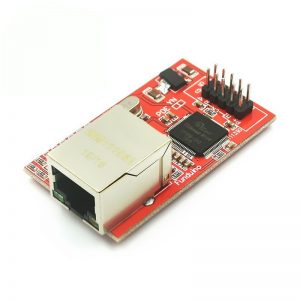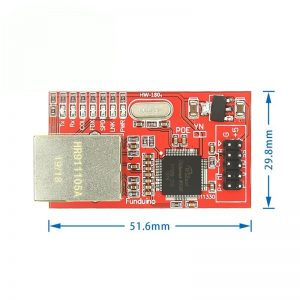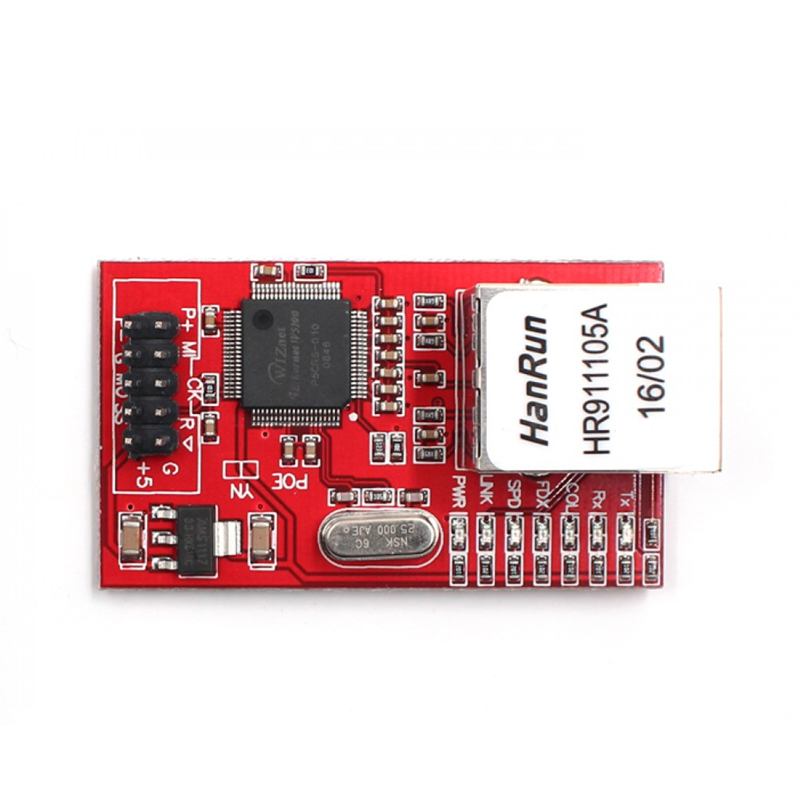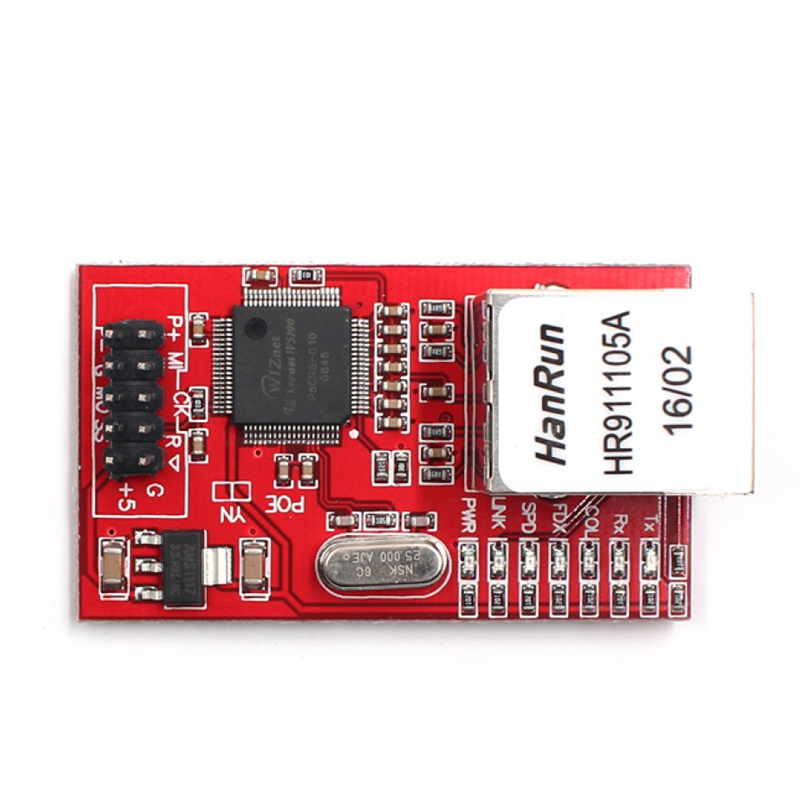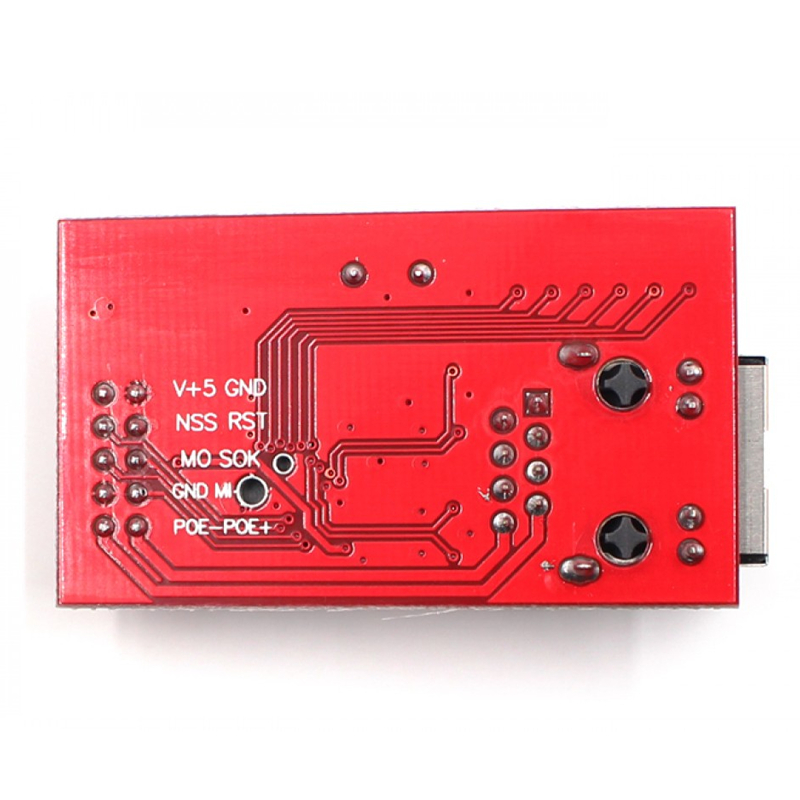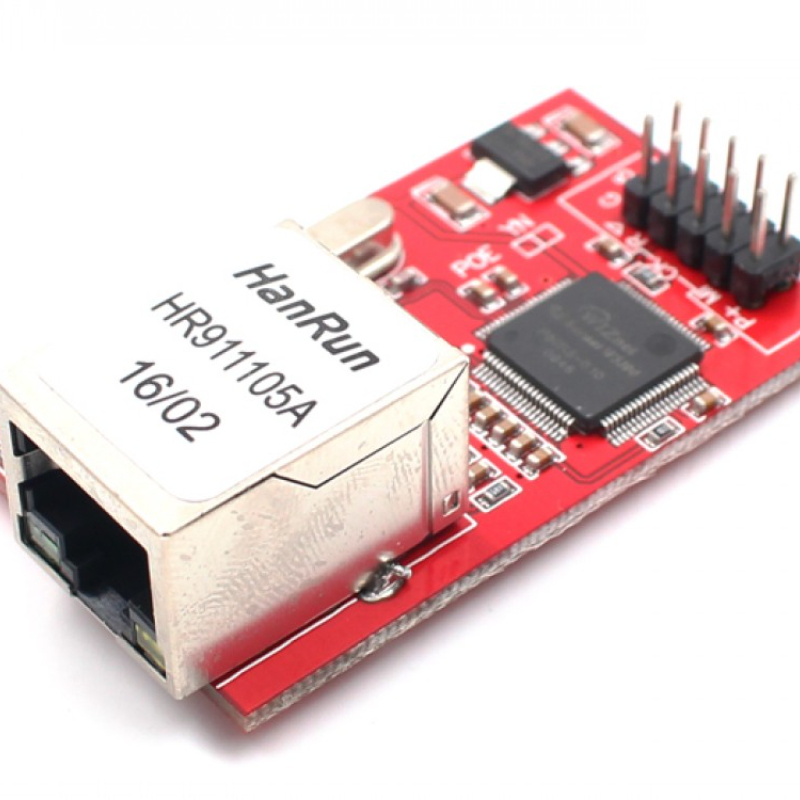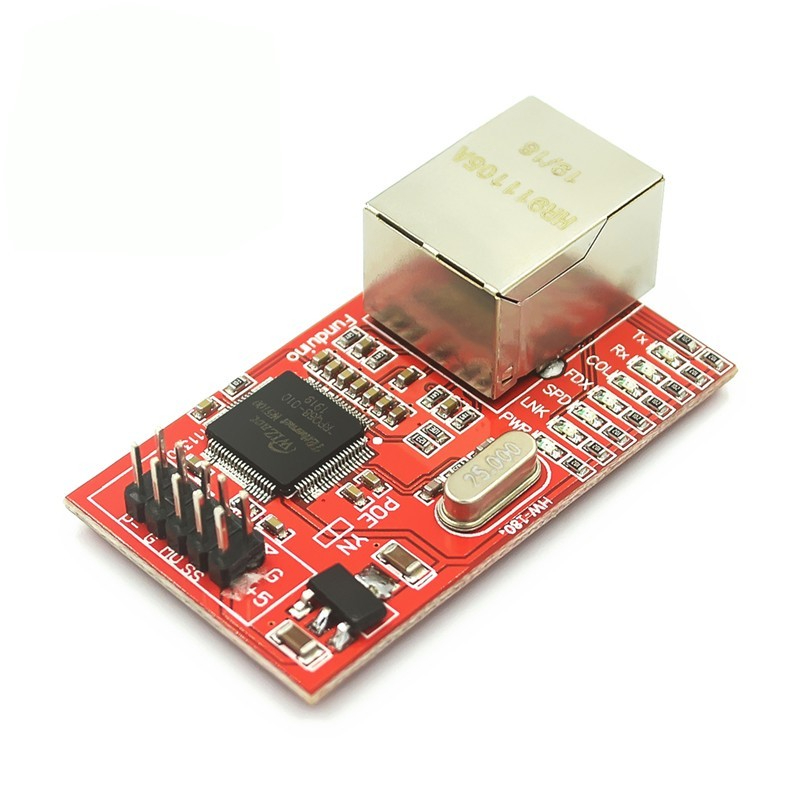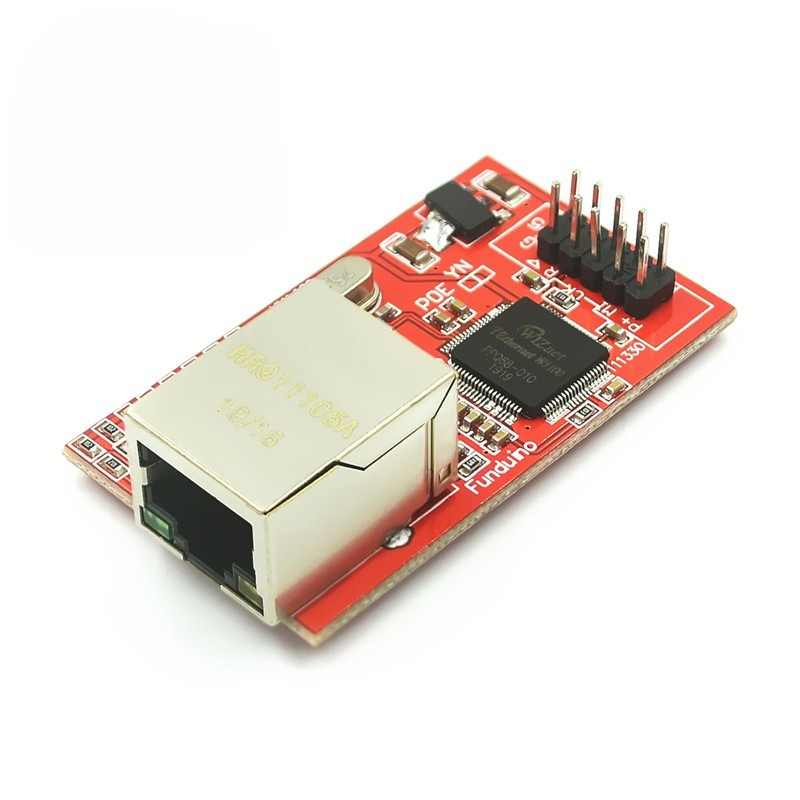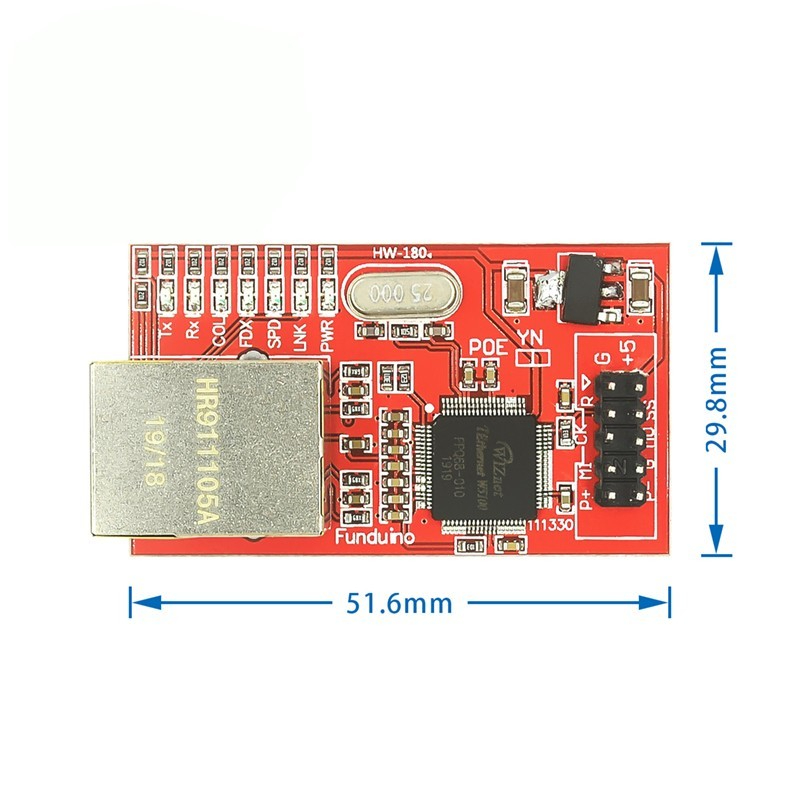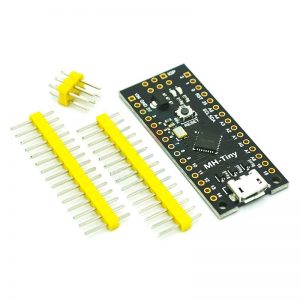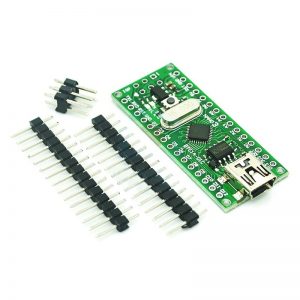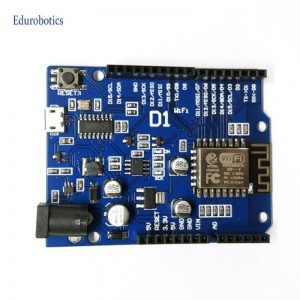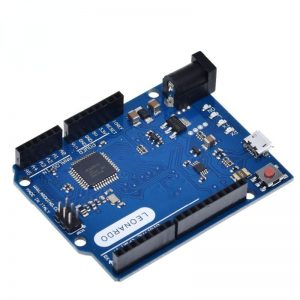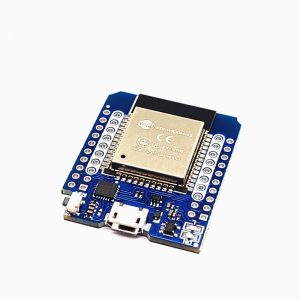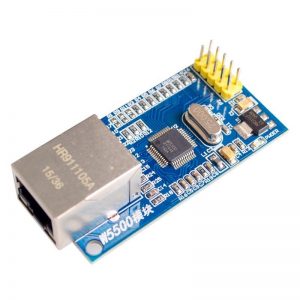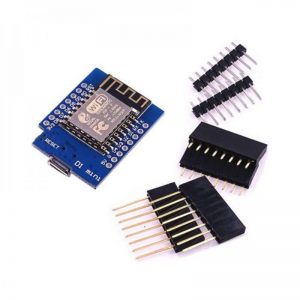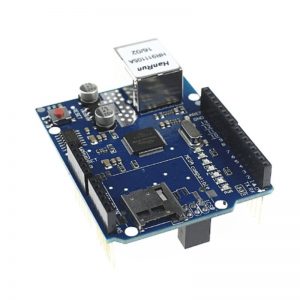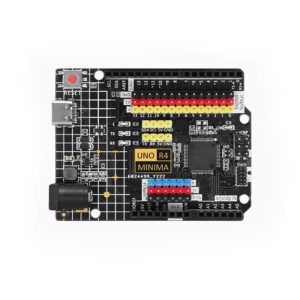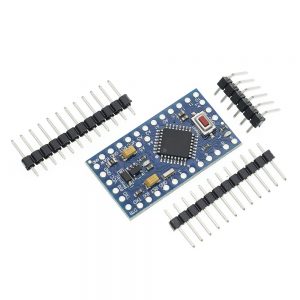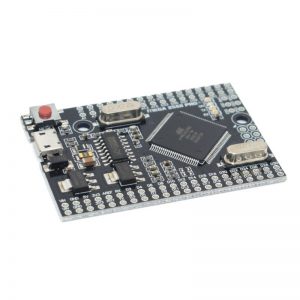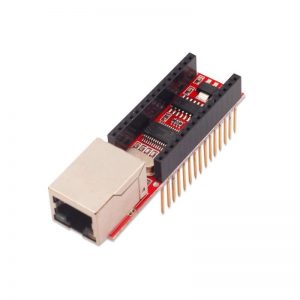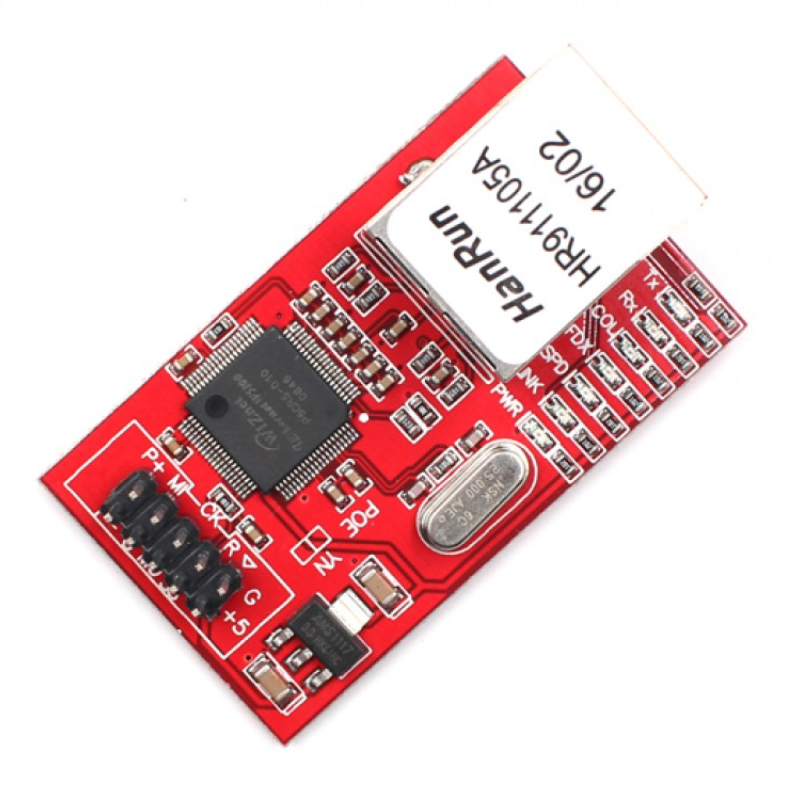
The W5100 is a full-featured, single-chip Internet-enabled 10/100 Ethernet controller designed for embedded applications where ease of integration, stability, performance, area, and system cost control are required. The W5100 has been designed to facilitate the easy implementation of Internet connectivity without OS. The W5100 is IEEE 802.3 10BASE-T and 802.3u 100BASE-TX compliant.
The W5100 includes fully hardwired, market-proven TCP/IP stack and integrated Ethernet MAC & PHY. Hardwired TCP/IP stack supports TCP, UDP, IPv4, ICMP, ARP, IGMP, and PPPoE which has been proven in various applications for several years. 16Kbytes internal buffer is included for data transmission. No need for consideration for handling Ethernet Controller, but simple socket programming is required.
Features:
- Support Hardwired TCP/IP Protocols: TCP, UDP, ICMP, IPv4 ARP, IGMP, PPPoE, Ethernet
- 10BaseT/100BaseTX Ethernet PHY embedded
- Support Auto-Negotiation (Full-duplex and half-duplex)
- Support Auto MDI/MDIX
- Support ADSL connection (with support PPPoE Protocol with PAP/CHAP Authentication mode)
- Supports 4 independent sockets simultaneously
- Not support IP Fragmentation
- Internal 16Kbytes Memory for Tx/Rx Buffers
- 0.18 µm CMOS technology
- 3.3 V operation with 5 V I/O signal tolerance
- Support Serial Peripheral Interface(SPI MODE 0, 3)
The Module has a 2×5 pin header.
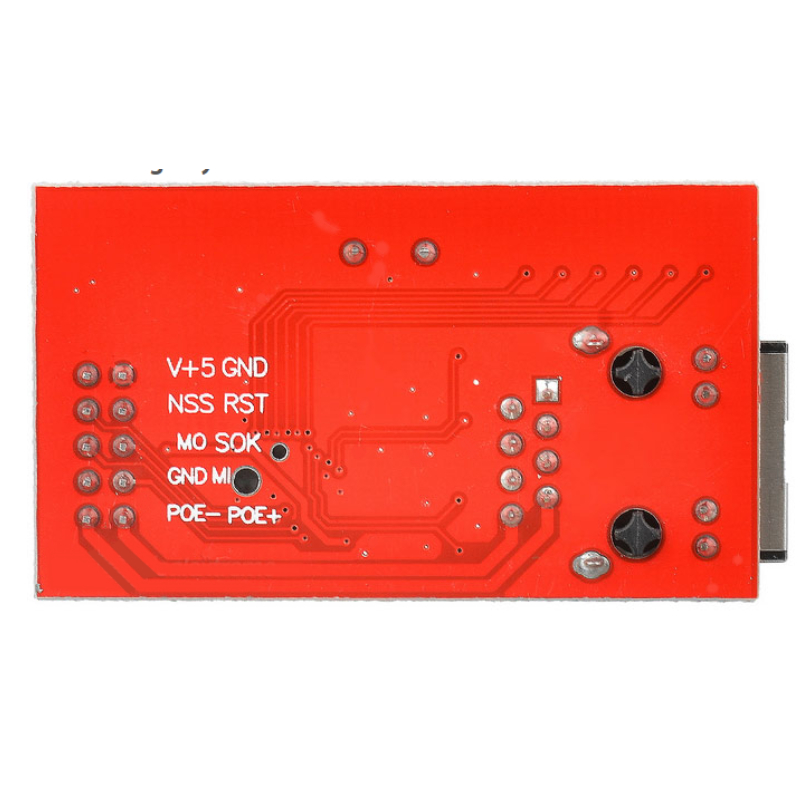
- V+ This is a 5 Volt pin
- Ground: There are two
- NSS: This is your ‘chip select’. Usually it connects to D10 on the Arduino
- RST: This is your Reset pin. It should not be connected to your Arduino
- MO: This is your MOSI it must connect to the MISO pin of your arduino (D12)
- SOK: This is your Clock pin. It should connect to the SCK pon of your Arduino (D13)
- MI: This is your MISO, it must connect to the MOSI of your Arduino (D11)
- POE – & POE+: These are your PowerOverEthernet pins. However, they are not the standard PoE connection, as they derive from pins 7&8 on your RJ45 jack
